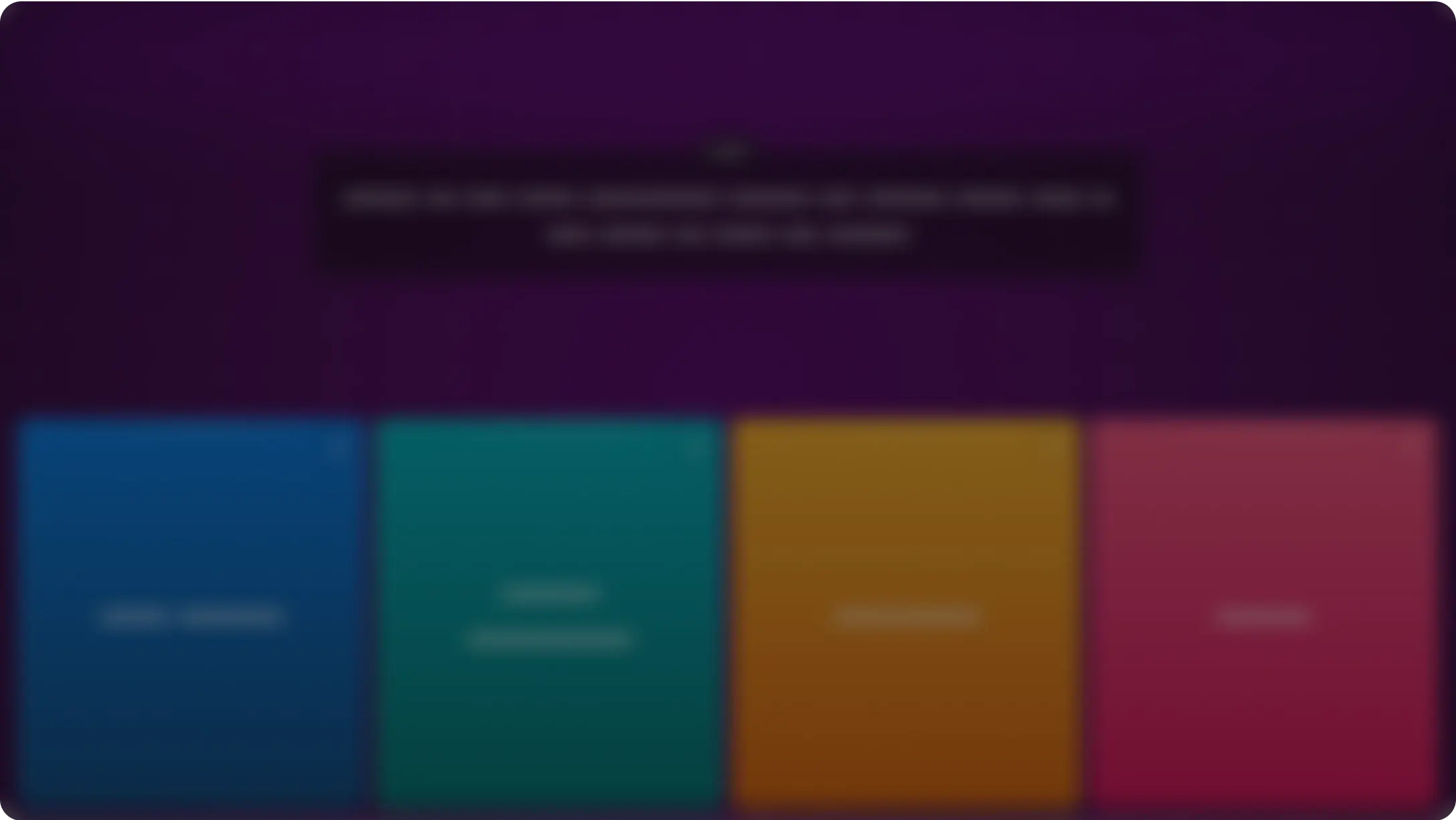
Basic Geometrical Ideas
Assessment
•
Manisha Seth
•
Mathematics
•
6th Grade
•
11 plays
•
Hard
Student preview

18 questions
Show all answers
1.
MULTIPLE CHOICE
30 sec • 1 pt

A pair of adjacent sides having C as common vertex
2.
MULTIPLE CHOICE
30 sec • 1 pt

Adjacent sides to side AF
3.
MULTIPLE CHOICE
30 sec • 1 pt

Adjacent Vertices to E
4.
MULTIPLE CHOICE
30 sec • 1 pt

Side opposite to /T
5.
MULTIPLE CHOICE
30 sec • 1 pt

Angle opposite to ST
6.
MULTIPLE CHOICE
30 sec • 1 pt
The diagonal of a quadrilateral are formed by joining
7.
MULTIPLE CHOICE
30 sec • 1 pt
The point of intersection of a pair of adjacent sides of a polygon is called its
8.
MULTIPLE CHOICE
30 sec • 1 pt

In given figure AB is a
9.
MULTIPLE CHOICE
30 sec • 1 pt

In given figure shaded region is called
10.
MULTIPLE CHOICE
30 sec • 1 pt

In given figure these lines are
Explore all questions with a free account
Find a similar activity
Create activity tailored to your needs using
.svg)

basic geommetrical ideas
•
6th Grade

introduction to geometrical
•
6th Grade

G7 S1 W14 Day3 Naming circles
•
6th - 8th Grade

Basic geometrical ideas
•
6th - 7th Grade

Geometry quiz
•
6th Grade

Basic Geometrical Ideas
•
5th - 6th Grade

BASIC GEOMETICAL IDEAS, CLASS 6
•
6th Grade

GRADE-6 BASIC GEOMETRICAL IDEAS
•
6th Grade